Natural Diamonds
Natural diamonds form deep within the Earth under extreme conditions of heat and pressure over billions of years. They are comprised of nearly 99.95% carbon—making diamonds the only gemstone constructed of a single element. They are the hardest naturally occurring materials found on Earth and gemstone-quality diamonds are one of the most sought-after. Because of their limited quantity, natural diamonds have been cherished for their enduring value and passed from generation to generation.
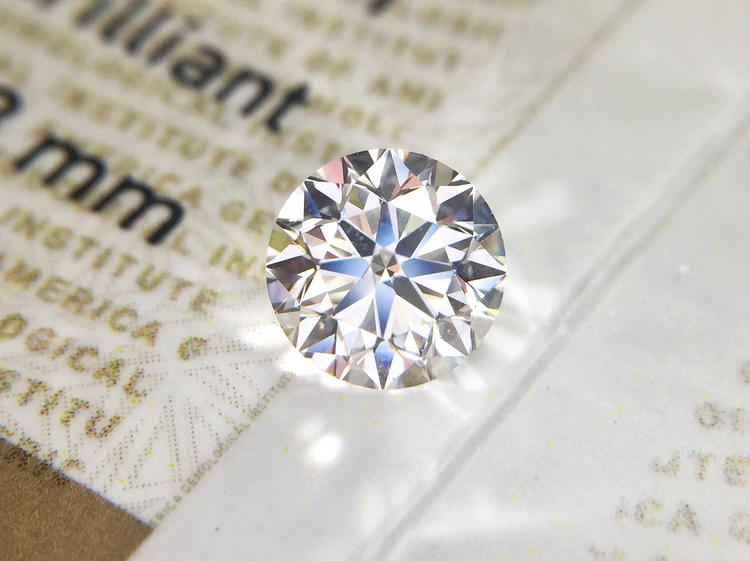
Lab Diamonds
Lab diamonds are optically, chemically, and physically the same as natural diamonds. In other words, they look, feel, and are identical. Their difference lies only in their origins — natural diamonds form within the Earth, and lab diamonds are grown by professionals with specialized equipment. Another difference relates to cost; as lab grown diamonds are less rare than natural diamonds, they often come at a much more accessible price.
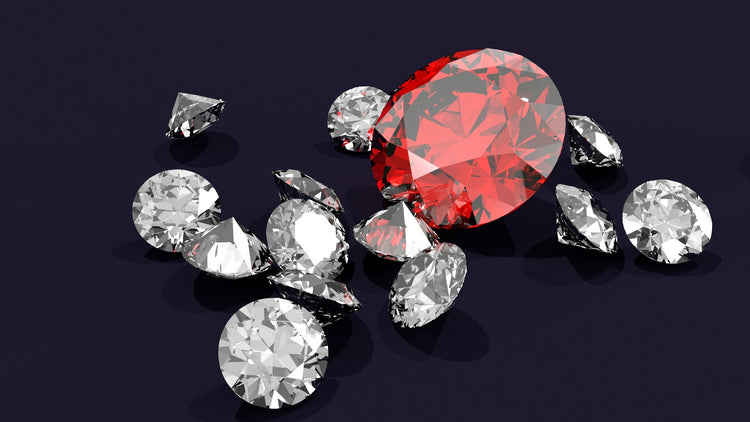
4 C's of Diamonds
If you're wondering what to look for in a diamond, the best place to begin is by understanding the 4 C's: cut, color, clarity, and carat. Created by the Gemological Institute of America (GIA) in the 1940s, the 4 C's act as a universal scale to describe and determine the quality of diamonds.
CLARITY
Clarity references the absence of internal inclusions and surface blemishes on a diamond. The scale ranges from Internally Flawless to Included.
COLOR
Color references the absence of color within a diamond. The scale ranges from D (colorless) to Z. Diamonds outside this range are considered 'fancy colored.
CUT
Cut is the proportion and arrangement of facets that determine a diamond's brilliance, sparkle.
CARAT WEIGHT
Refer to the size of each gemstone shape on the finger.
SHOP DIAMONDS BY SHAPE
Natural Diamond Certification: GIA
The Gemological Institute of America (GIA) is one of the most authoritative and globally recognized institutions for natural diamond grading and certification. Known for its rigorous professional standards and impartial evaluations, GIA provides comprehensive assessments of a diamond's quality based on the 4Cs: Carat weight, Color, Clarity, and Cut. A GIA certificate documents the specific characteristics of a diamond, making it an essential and trusted reference for consumers purchasing natural diamonds.
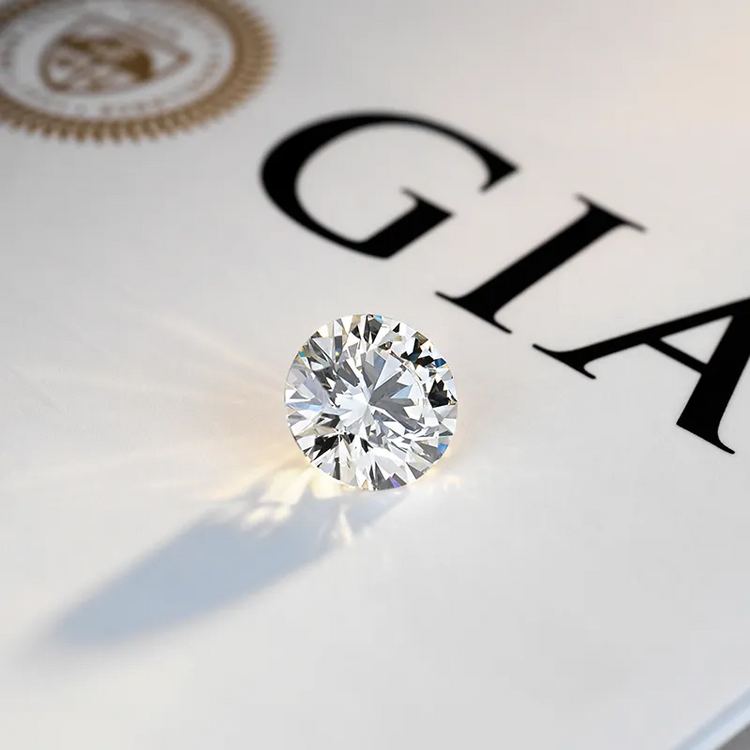
Lab-Grown Diamond Certification: IGI
The International Gemological Institute (IGI) is a leading global authority for lab-grown diamond certification, renowned for its expertise and transparency. IGI provides comprehensive analysis and grading reports for lab-grown diamonds, covering the 4Cs as well as other unique characteristics, ensuring that consumers have a clear understanding of their purchase. IGI certificates are widely recognized and trusted by both the industry and consumers, guaranteeing the quality of lab-grown diamonds.
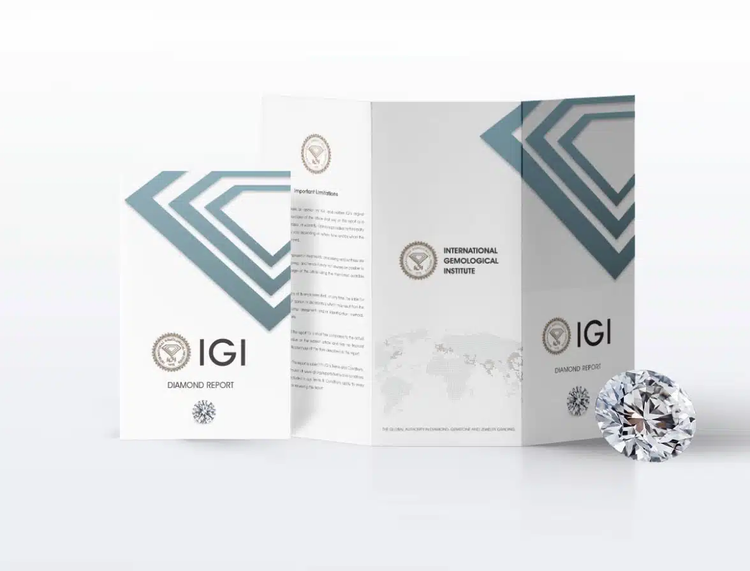
How to Choose Between 14K Gold, 18K Gold, and 24K Gold
In the jewelry market, 14K gold, 18K gold, and 24K gold are the most common types of gold. Their differences primarily lie in gold content, hardness, color, and price.
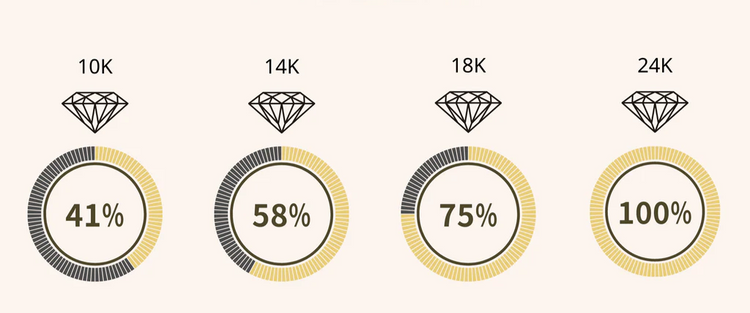
14K Gold
Gold Content:
About 58.5%, with the remainder being other metal alloys.
Features:
High hardness, ideal for intricate designs and gemstone settings; available in various colors like rose gold and white gold.
Price:
More affordable due to lower gold content, making it a cost-effective option. 18K Gold
18K Gold
Gold Content:
About 75%, with other metal alloys.
Features:
Richer color and premium texture; moderately hard, suitable for luxury jewelry designs.
Price:
Mid-range pricing, more expensive than 14K gold but cheaper than 24K gold.
24K Gold
Gold Content:
Over 99.9%, considered pure gold.
Features:
Brightest in color and softest in texture, less commonly used in intricate designs; mainly for traditional jewelry and investment purposes.
Price:
The highest price due to its purity.
Metal Colors





